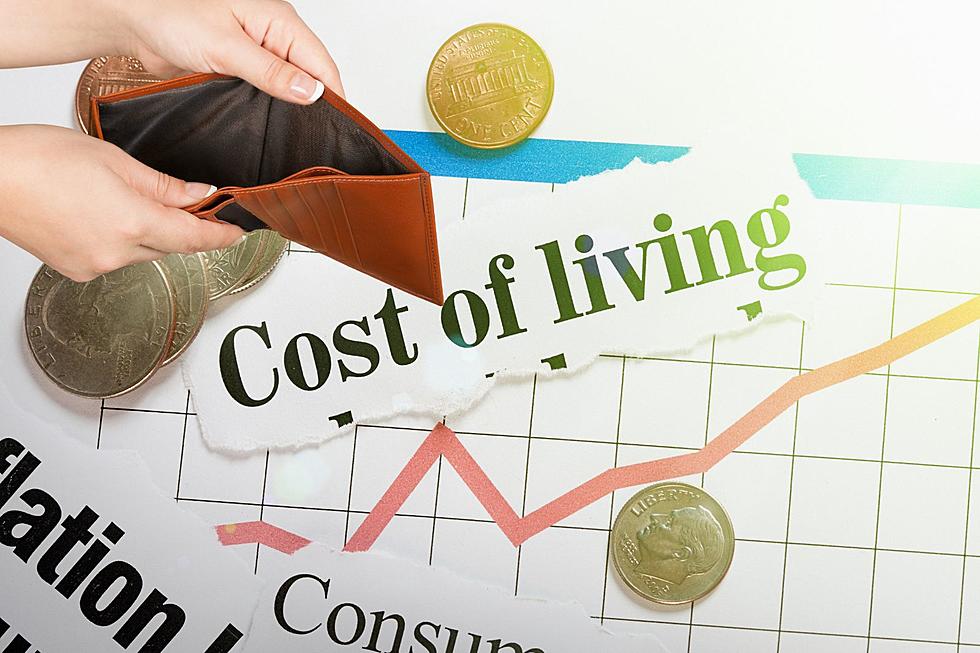
Prices in the South rise again in August
(The Center Square) – Prices in the South Region increased for the second consecutive month in August, according to data released by the U.S. Bureau of Labor Statistics on Wednesday.
The Consumer Price Index for all urban consumers in the South bumped up 0.6% in August, bringing inflation over the past year to 4.1%. The rising prices were fueled in large part by a 3.8% increase in the energy index since July; gas prices increased 7.2%. All items less food were up 0.3% while food was up 0.2%
The overall monthly increase is the largest since April and the third largest so far in 2023, growing three times faster than July’s 0.2% increase.
The index for all items less food and energy is up 4.8% since August 2022, while food is up 4.6% and the energy index has declined 2.2% since that time.
“The CPI is based on prices of food, clothing, shelter, fuels, transportation fares, charges for doctors’ and dentists’ services, drugs, and other goods and services that people buy for day-to-day living,” according to the BLS. “Each month, prices are collected in 75 urban areas across the country from about 6,000 housing units and approximately 22,000 retail establishments – department stores, supermarkets, hospitals, filling stations, and other types of stores and service establishments. All taxes directly associated with the purchase and use of items are included in the index.”
The South, as defined in Census regions for the report, includes Alabama, Arkansas, Delaware, District of Columbia, Florida, Georgia, Kentucky, Louisiana, Maryland, Mississippi, North Carolina, Oklahoma, South Carolina, Tennessee, Texas, Virginia and West Virginia.
The biggest increases in the index for the South Region over the last year have come from a 13.3% jump in transportation services and an 8.5% increase for shelter, while the biggest declines came from a 14.9% drop in piped gas prices and a 6.8% decline for used cars and trucks.
A Cygnal poll of 600 North Carolinians conducted on behalf of the right-leaning John Locke Foundation Aug. 20-21 found more than 95% have noticed the increase in food prices, which just over 61% attribute to increased fuel and energy costs. Another 44% cited government policies, while 36% blamed supply chain disruptions.
Nearly 66% of those polled agreed “government regulations have caused strain in the American food system, leading to higher food prices.”
The uptick in the South’s consumer price index comes as many economists predict the Federal Reserve will hold interest rates steady when it meets next week following increases from just above 0% in 2022 to 5.25-5.5% now – the highest level since 2001.
More From News Talk 96.5 KPEL




